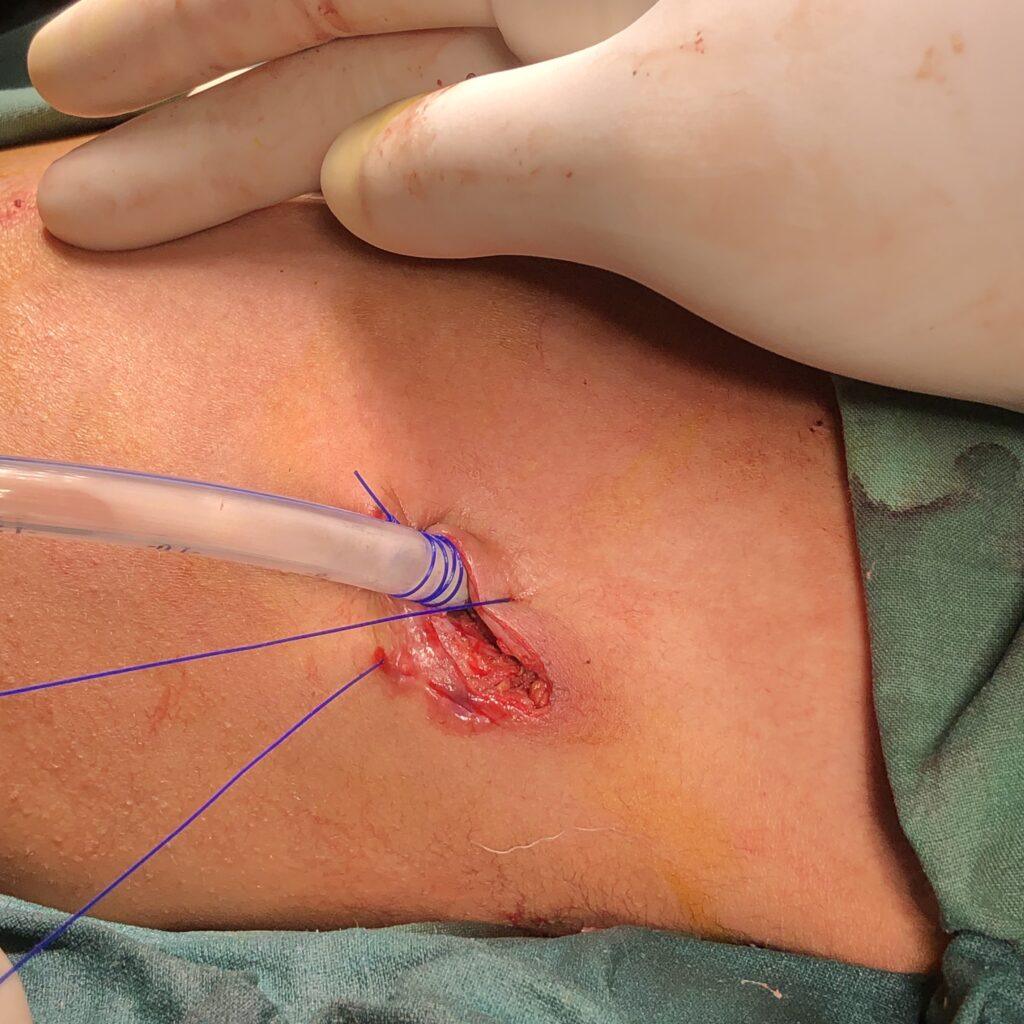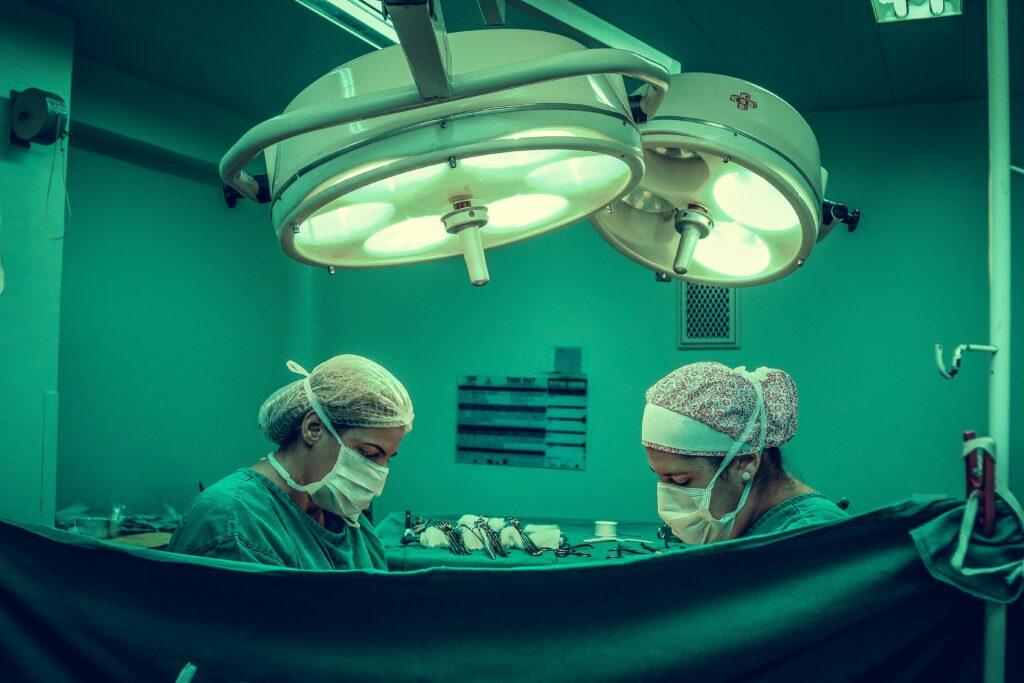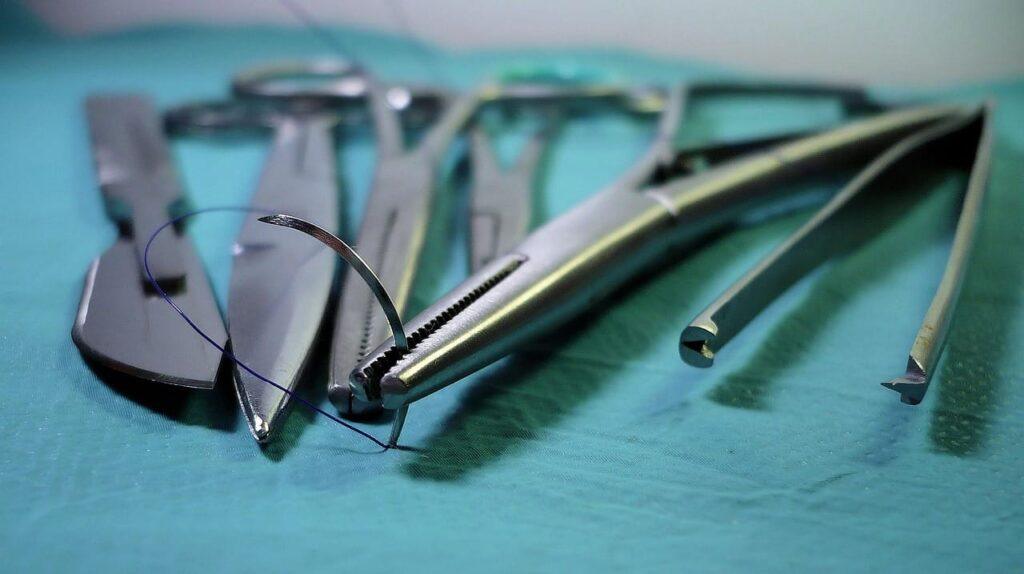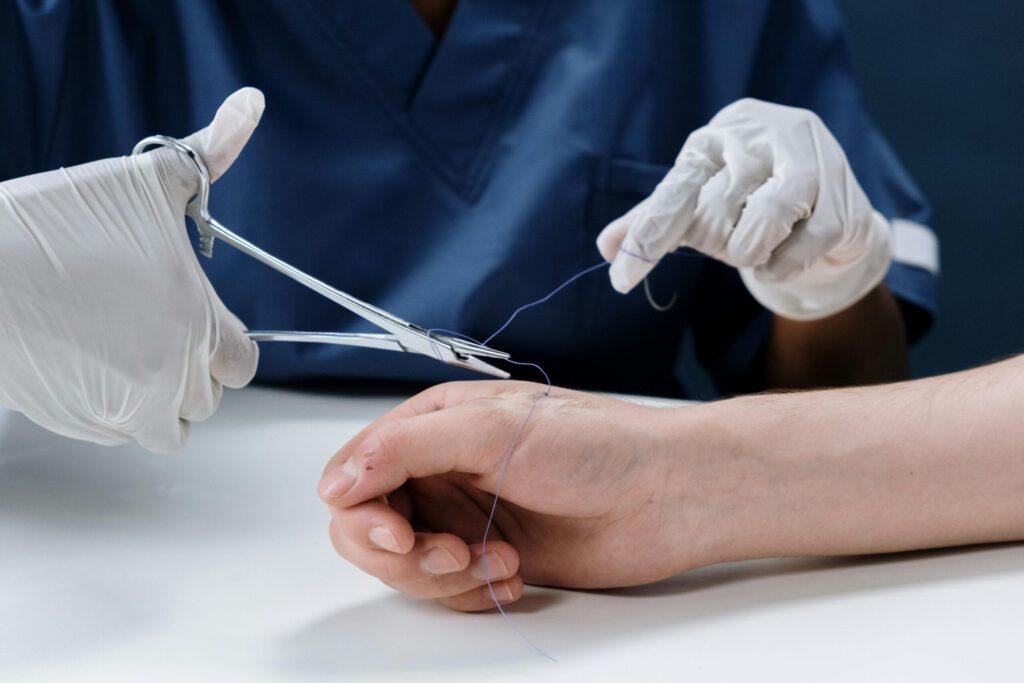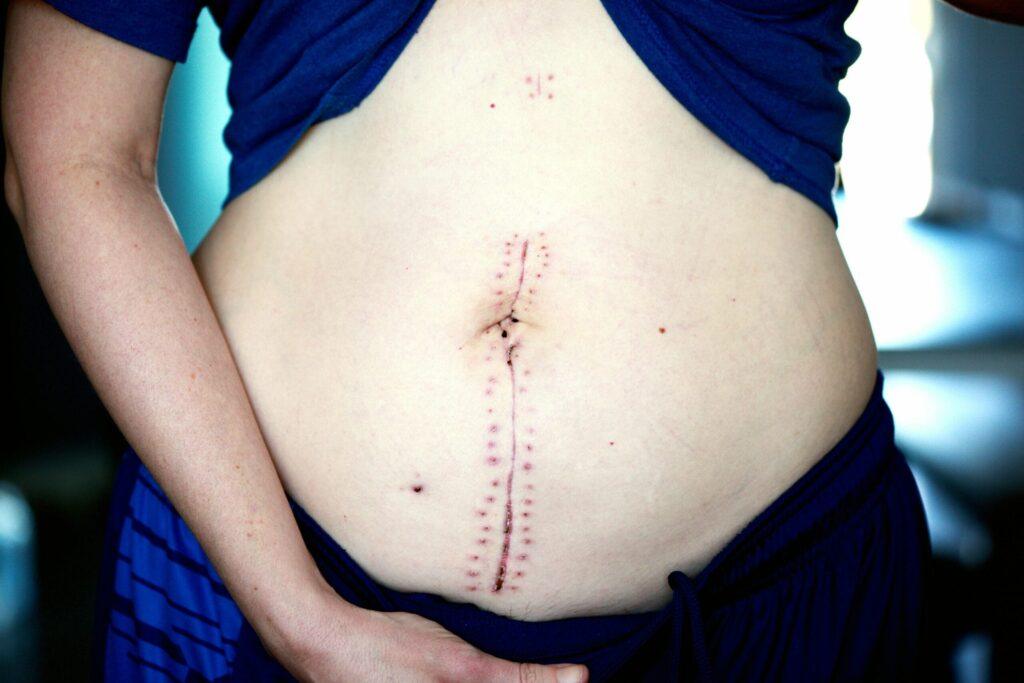Principles of Vascular Anastomosis
Principles of Vascular Anastomosis—requires precise technique and specific materials to ensure long-term patency and prevent complications. Below are the essential principles surgeons must adhere to. 1. Selection of Suture Material for Vascular Anastomosis The gold standard for vascular repair is Polypropylene. This material is preferred because it is a non-absorbable, monofilament suture. 2. Suture Sizing […]

